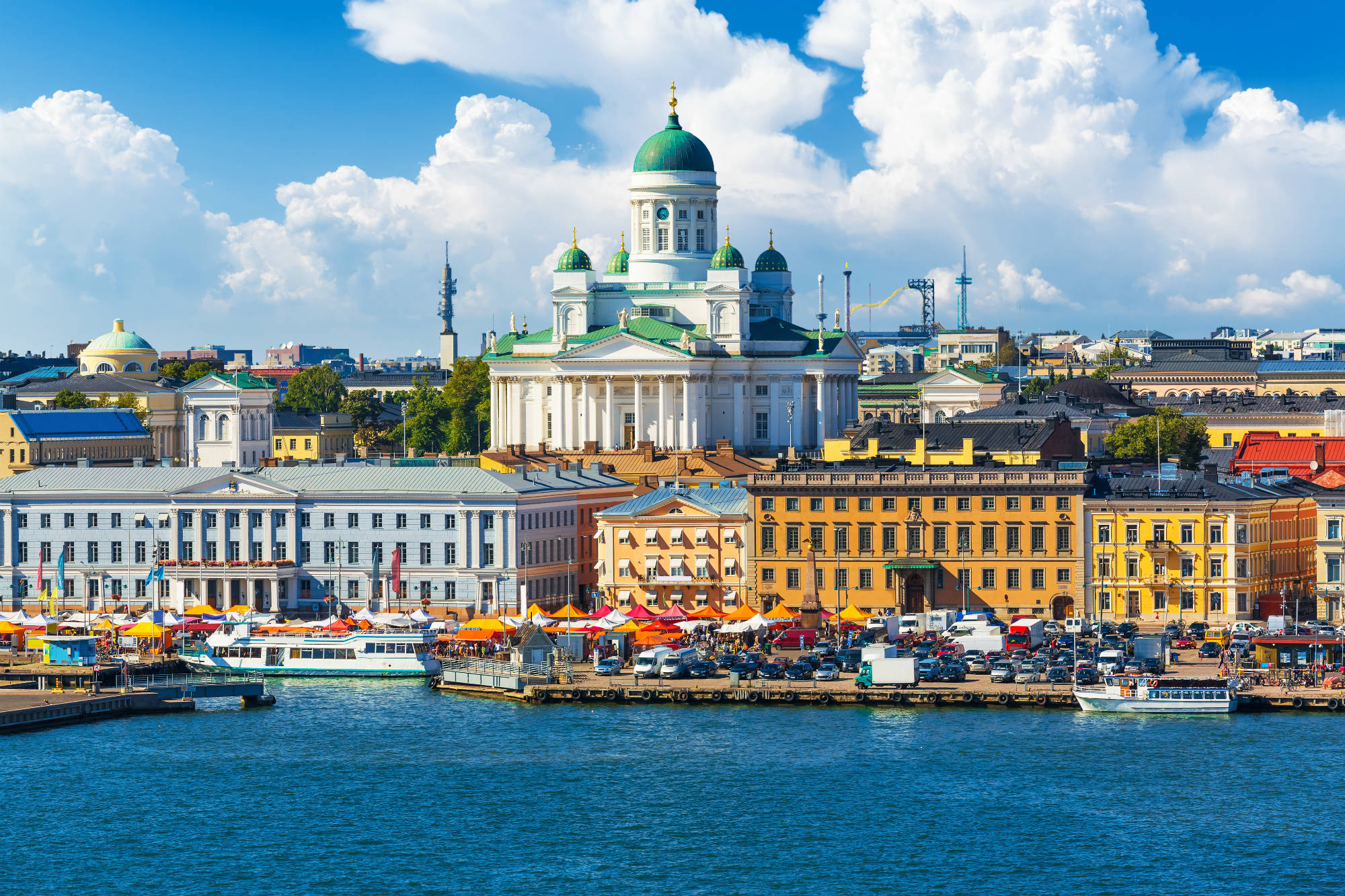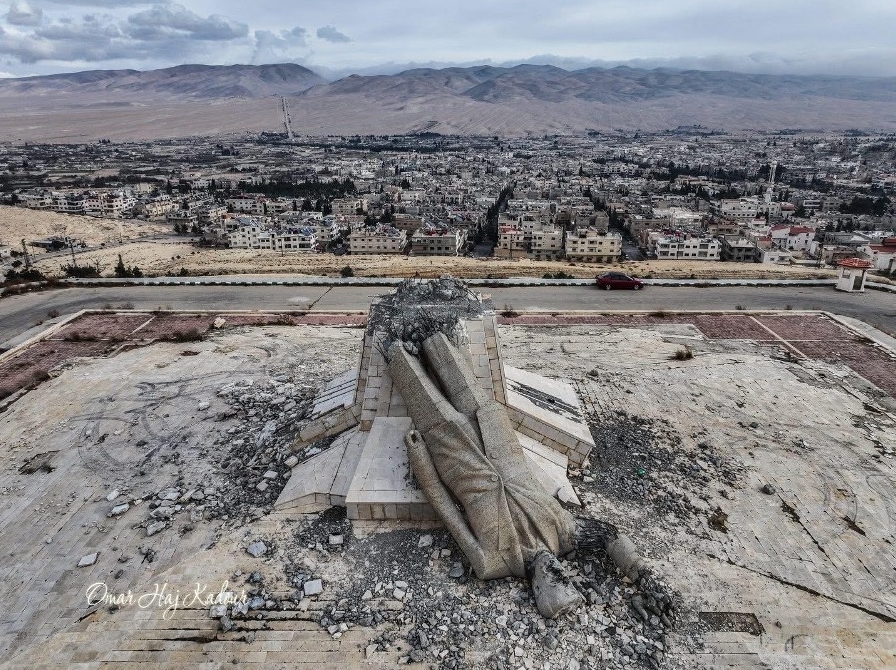On April 30th of this year, journalist Johnny Harris covered on his YouTube channel the joint military training of the Finnish forces and NATO partners in the Arctic. With extensive experience in Arctic warfare, the Finns were instructing the forces of the allied nations, who, impressed, showered them with praise for their level of preparedness. Harris then traveled to Helsinki, the country’s capital, to see the miles of bunkers and underground tunnels equipped with everything needed to face a range of security scenarios. As he presented the Finnish military readiness, Harris also noted its civil extension and, in awe, wondered if this was the secret to the Finnish “happiness” (the country has topped the World Happiness Ranking for the eighth consecutive year).
Finland has a very particular history. From the Viking invasions until 1917, the territory of Finland was never completely independent. For centuries, it was a Swedish colony, only to be conquered by the Russian Empire at the end of the Finnish War (1808–1809). During the formation of the USSR, Finland exercised its right to self-determination — granted by Lenin — and became an independent country in 1917, only to have this right revoked soon after — during Stalin’s rule — which resulted in the Winter War (1939–1940) and the Continuation War (1941–1944). With the loss of the Karelia region and the trauma that would become a multigenerational foundation of Finnish identity in contrast to the Russian one (“I am Finnish because I am not Russian”), the country spent the following decades under the Paasikivi–Kekkonen doctrine, also known as Finlandization.
Seeing itself as a buffer state — a national state between two powers (the EU and Russia) — Finland had to tread carefully to avoid fully aligning with the West — provoking Russian anger — or with Russia — missing out on the economic, social, and political opportunities the West offered at the time. Unable to count on the protection of full Western alignment, Finland began preparing to defend itself. It was during this period that compulsory conscription and the preparation measures so admired by Harris emerged.
When I arrived in Finland — where I have lived for four years — I was struck by how deeply militarization is woven into society. Student overalls with navy-like hats, student traditions reminiscent of military practices, the socialization of military vocabulary and mannerisms, and so on. On Independence Day, my colleagues and I, all former conscripts, took part in the tradition of watching the film adaptation of Finland’s most famous literary classic, The Unknown Soldier by Väinö Linna — essentially a realist literary treatise on the psychological consequences of war against the Russians. One of my favorite restaurants in the city of Tampere is called Plevna, named after a Bulgarian city where soldiers from Tampere died following Russian orders.
I witnessed a quiet despair in the streets of the country when Russia invaded Ukraine in 2022. The founding multigenerational traumas were once again justified and fed, and it’s no surprise that the Paasikivi–Kekkonen doctrine came to an end. In its place, the country joined NATO and made substantial new investments in an already advanced civil-military preparedness framework. But this is not a column about security agendas. Instead, let’s explore another component of this preparedness effort, highlighted by Harris — happiness.
The World Happiness Ranking is a development of Bhutan’s proposal to measure happiness instead of GDP. The annual report produces two rankings: one measures happiness as the number of momentary experiences of bliss (moments of happiness in life), and the other as satisfaction (happiness with the state of one’s life and its purpose). Since the goal of the World Happiness Ranking is to guide public policies, they emphasize the second — the one most impacted by policy. And it is precisely in this second ranking that Finland excels.
Those who live among Finns should not be surprised by this outcome. Finns are, in general, a quiet, stoic, and resilient people, but with great trust in one another and in their government. The country is low in hierarchy — people generally address each other by first name, even when speaking to the prime minister or president. The welfare state is robust, with extensive social policies that foster wide economic equality among Finns. Security extends not only to the physical realm, but also to mental, economic, emotional, educational, and energy security, among others.
But what does preparedness have to do with happiness? This answer has several levels. On a more basic level, compulsory conscription and the shared multigenerational historical traumas create a homogeneity of values, priorities, vocabulary, and worldviews that make political polarization — and its resulting unhappiness — much harder. Finns don’t alienate themselves from their peers over politics. Contributing to this homogeneity are also economic equality and low hierarchy (“if you have what I have, and the same opportunities as I do, there’s no reason to resort to violence”).
On another level, preparedness generates security about the future — a degree of certainty in an uncertain world that few countries are able to provide their citizens. Indeed, when it comes to the future, the Finns are unique. As Koskimaa and Raunio argue in their many seminal studies (I leave my favorite among them in the references below), future preparedness underpins Finnish society and is also the reason the country is able to mitigate the problems caused by democratic myopia — a challenge that seems to plague most other countries.
Democratic myopia is the tendency of decision-makers in democracies to prioritize investments in the present over the future. There are several reasons for this — the party that takes money from the present to invest in the future likely won’t be the one to reap the electoral fruits of that investment; the present has urgent needs and ills that demand immediate attention; and the population that “loses” money today for investments in the future won’t necessarily be the same population that will benefit from them. This type of investment is not necessarily monetary, but often requires a reduction of well-being in the present to expand it in the future. What makes it even more complex is that most intertemporal policies are also transversal, dealing with trade-offs in well-being among different social classes in the present and in the future.
Some caveats are warranted here: 1) the Finnish homogeneity that maintains a degree of social cohesion and order also generates certain problems, such as stagnation in innovation. In larger and more heterogeneous countries like Brazil, it is not necessarily applicable. 2) This does not mean we should not seek greater economic equity or less hierarchy — these goals are certainly possible in the Brazilian context. 3) Democratic myopia, although a problem, is still a better scenario than the near-total or total absence of investment in the present or future population that we see in the vast majority of dictatorships.
That said, Finland addresses democratic myopia in the same way it addresses military preparedness in the Arctic — using social instruments and political institutions focused on future readiness. We could provide countless examples, but let’s focus on one: the Tulevaisuusvaliokunta, or Committee for the Future. Established in 1993, the Committee for the Future is a permanent, non-partisan committee in the Finnish parliament (Eduskunta) that provides technical reports, hearings, and policy perspectives focused exclusively on the needs of future Finns. In a way, it’s democracy representing those who have not yet been born. Even though the committee does not have a vote, its ability to influence the political agenda — the issues that will be legislated — makes it an influential institution in the country’s decision-making process.
Because the committee must produce technical reports, Finland ends up investing in innovations in futures research (in the plural, as there are many possible futures), making the country a global reference in this academic methodology. I myself used it during my research for my master’s degree at Tampere University.
Looking at the Finnish experience, it becomes clear that future preparedness is not just a matter of territorial or energy security, but also an existential and emotional one. The Committee for the Future, along with other future-focused institutions, shows that it is possible to think beyond the immediate present, creating conditions for greater cohesion, resilience, and, yes, happiness. Perhaps the real Finnish secret is not just in the bunkers or the student overalls, but in the courage to invest today to ensure tomorrow.
References
Boston, J. (2021). Assessing the options for combatting democratic myopia and safeguarding long-term interests. Futures, 125, 102664.
CNBC Make It. (2020, January 9). Why Finland and Denmark are happier than the U.S. [Video]. YouTube. https://www.youtube.com/watch?v=6Pm0Mn0-jYU
Harris, J. (2025, April 30). Inside Finland’s INSANE Arctic combat training [Video]. YouTube. https://www.youtube.com/watch?v=Msfrit12u0M
Jacobs, A. M. (2016). Policy making for the long term in advanced democracies. Annual Review of Political Science, 19, 433–454.
Koskimaa, V., & Raunio, T. (2020). Encouraging a longer time horizon: The Committee for the Future in the Finnish Eduskunta. The Journal of Legislative Studies, 26(1), 159–179.
Vrousalis, N. (2017). Intergenerational justice. In I. González-Ricoy & A. Gosseries (Eds.), Institutions for future generations. Oxford Scholarship Online.



